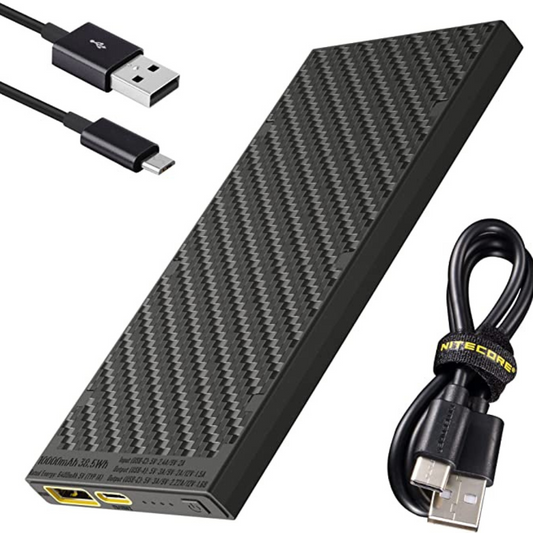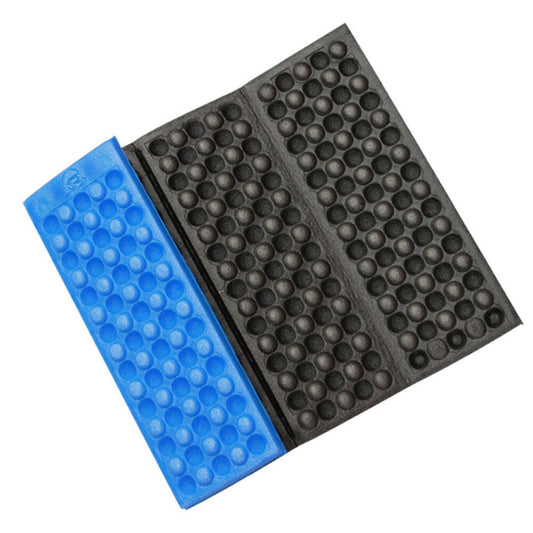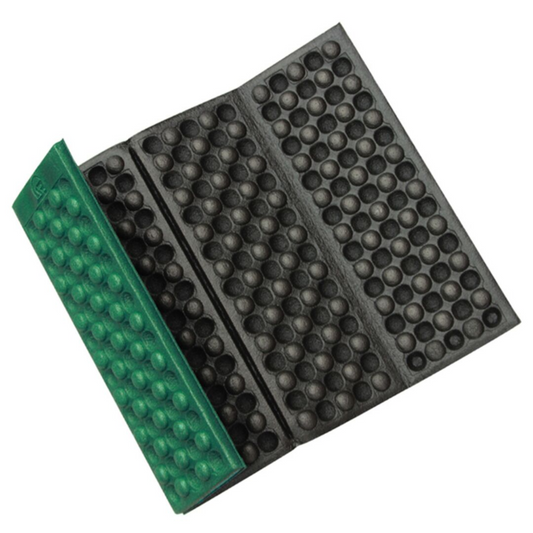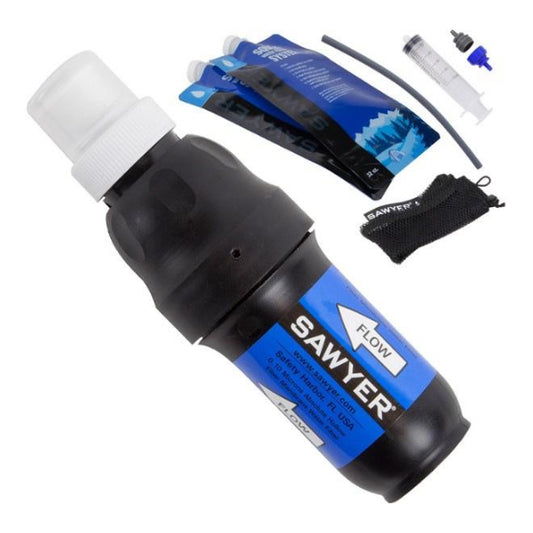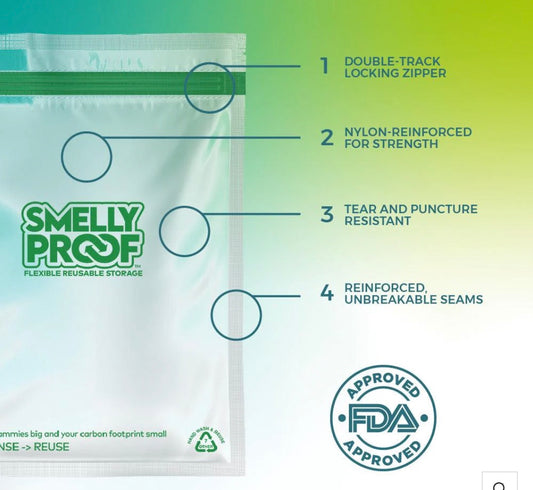Keeping yourself safe and injury free while out hiking is always a concern. Being prepared with some first aid knowledge prior to heading can make or break a hike. Minor injuries are common, including blisters and other common foot issues, so let's go over some some of those and how to treat them.
PREVENTING FOOT ISSUES
The most common cause for concern while hiking are foot issues. Learning how to take proper care of your feet can help prevent some of those common problems.
TOENAILS
Before you head out, give your toenails a clip. Having them too long before you hike can rub on the neighbouring toes or even crack them if they are hitting the end of your shoe. We're not saying you need to go get a pedicure - but trimming your nails straight across so they're not too long can stop some common toenail issues. Just remember if you cut them too short it can cause ingrown toenails.

FOOTWEAR
Make sure you have the right size footwear. If you're bashing out the km's, people's feet tend to swell by the end of the day. It's not uncommon when choosing a shoe for hiking, to go up a 1/2 or full size to combat this problem. Make sure you have a least a thumb widths length between the tip of your toes and the end of your shoe.
Once you have the shoe laced up, lift your foot and tap the tip of your shoe on the ground. Make sure your toe does not hit the end of your shoe. This is important because while your hiking down hill, if your toes are sliding in your shoe and hitting the front of it, then your toenails can become extremely sore or even fall off if it's a longer hike, your feet can also get bruised and the rubbing can potentially cause blisters.

AIRING YOUR FEET
Giving your feet some time to dry out and breath while you take a break can feel amazing. Many hikers can't be bothered with the hassle of taking their shoes and socks off and airing their feet but it's well worth the effort. It may not seem like your shoes and sock are wet but there is going to be sweat in your sock and shoes. Airing them out for even a short period can give them a chance to dry out and prevent blisters.

CLEANING YOUR FEET
Once you get to camp at night, give your feet a good clean or soak them in a river or creek (downstream).
If there's not river, stream or lake nearby, using wipes or a wet microfibre cloth, is a really easy way to do this. It will get the salt, funk and grime off your feet and go a long way to preventing odour, fungal infection, blisters and trench foot.

BLISTER PREVENTION
Pressure, heat, moisture and friction are all things which cause blisters. Choosing the right size footwear and using a sock liner are key to blister prevention.
Sock liners help wth the friction between your sock and your feet, ARMASKIN or INJINGI sock liners are the most popular and tend to work best.


When sand and dirt find their way into your shoes, blisters are a-coming! Using gaiters like DIRTY GIRL or TRAIL GAITERS are a godsend.

*************************************************************************
CHAFING
One of the most painful complaints from hikers other than blisters is chafing! Skin which is warn and damp and having it rub together all day - chances are you are going to end up with chafing. The best thing you can do for chafing is take a break and treat the area. If it's butt chafing giving you grief, I strongly steer you towards the good old Vaseline. This will give you some relief from the friction and enable your to keep hiking.
Problems with chafing in other areas use either BODYGLIDE, baby powder or clothing which will stop your bits rubbing together. At night clean the area, then apply some baby powder. If its a warm enough night, sleep above the covers with the area exposed so it can have a chance to dry out.

TWISTING - SPRAINING - SWELLING
While you're walking it's really important to be mindful of your surroundings and pay attention to where you are going. With our addiction to phones and a lot more of us taking videos and photos to capture our hikes, it's easy to lose footing. It's understandable that we want to look up and take in the nature around us but can be really easy to take a spill.
If you do find yourself injured in some way with a twisted ankle, sprain or swelling, finding a water source where you can soak it for a while will go a long way to help. Take some anti-inflammatory and pain relief medication and elevate the area for at least 20 mins.
If it's bad enough, you can wrap it with a couple of bandana's and some sticks to make a makeshift splint and use your trekking poles as crutches the best you can before heading on back to your vehicle.
When the injury is so bad that you can't get yourself out and there's no-one there to help you - that's the time call for help using your mobile or use your Personal Locator Beacon (PLB).

CUTS AND SCRAPES
Most of us don't come away from a hiking trip without a few cuts and scrapes. Clean the area as well as you can with some water, hand sanitiser or antiseptic/baby wipes. Apply some travel size ointment and band-aid to the area. Anything bad enough that a band-aid won't suffice, a couple of stern-strips or a bandana should be enough to keep the wound closed.

Photo by This Rambling Rover
SNAKES
Australia has some of the most venomous snakes in the world but the chances of actually getting bitten by one is generally pretty low if you know what to be aware of. The best way to avoid being bitten by a snake is to be aware of your surroundings. When you sit down for a break, check the area first. Snakes like to curl up next to places you think are a perfect resting areas. Make sure there isn't a snake curled up next to a rock or a tree where a snake is hiding. So just be aware when sitting down, setting up your tent or going to the bathroom that you're on the lookout for snakes.
Take a trekking pole with you when going off trail and tap around the area to scare any snakes away before dropping your pants. As a general rule, keep a lookout of the general area and the trail ahead of you. Sometimes snakes are pretty hard to distinguish between a stick and a snake and it is easy to get distracted by the beauty which surrounds you but keeping aware is important.
If you do happen to get bitten, stay calm (near impossible) and don't move. This keeps your heart rate lower, and slows the rate in which the venom is spread around your body. Keep the bite area at heart level or below and call for help. This is another instance where a PLB comes in handy.
FIRST AID KIT
Having a little knowledge and a simple first aid kit is imperative while hiking in the Australian bush. People have often joked that Australian has something wanting to kill you at every turn.
Download our our Ultralight First Aid Checklist
ALSO CHECKOUT
10 ESSENTIALS OF HIKING
LOOKING AFTER YOUR PERSONAL HYGIENE
PREVENTING HYPOTHERMIA


